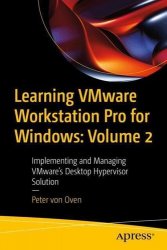- Добавил: literator
- Дата: 3-12-2024, 04:50
- Комментариев: 0
 Название: Android Tricks and Tips - 20th Edition 2024
Название: Android Tricks and Tips - 20th Edition 2024Автор: Papercut Limited
Издательство: Papercut Limited
Год: 2024
Язык: английский
Формат: pdf
Размер: 38.5 MB
"Android Tricks and Tips" - это идеальное цифровое издание для пользователей, которые хотят поднять свой набор навыков на новый уровень. Хотите повысить свой пользовательский опыт? Или хотите получить инсайдерские знания? Хотите учиться непосредственно у экспертов в своей области? Узнать о многочисленных приемах, которые используют профессионалы? На страницах нового руководства для продвинутых пользователей вы узнаете все, что вам нужно знать, чтобы стать более уверенным, умелым и опытным владельцем. Пользователем, который будет получать максимальную отдачу от использования и, в конечном счете, от самого устройства Android. Это достижение вы можете заслужить, просто позволив нам эксклюзивно помочь вам и научить вас тем способностям, которые мы приобрели за десятилетия нашего опыта.








 Название: Ultimate Microsoft Power Automate Desktop: Leverage Microsoft’s Robotic Process Automation Capabilities to
Название: Ultimate Microsoft Power Automate Desktop: Leverage Microsoft’s Robotic Process Automation Capabilities to 